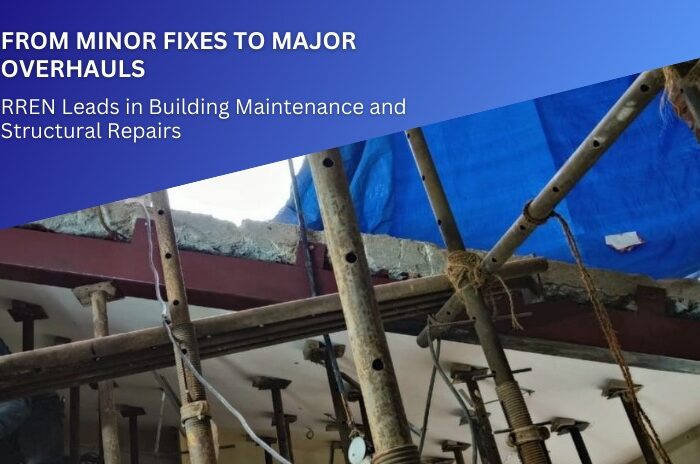Introduction:
India is a land of rich cultural heritage, boasting a myriad of architectural wonders that have withstood the test of time. From the magnificent forts and palaces to the awe-inspiring temples and step-wells, these architectural treasures narrate the stories of India’s glorious past. However, over the years, neglect, urbanization, and natural calamities have taken their toll on many of these structures, putting them at risk of being lost forever. Recognizing the need to preserve and restore these gems, efforts are being made to revitalize India’s architectural heritage and ensure its preservation for future generations.
Preservation and Restoration Initiatives:
In recent years, the Indian government, along with various non-governmental organizations and heritage conservation bodies, has launched several initiatives aimed at preserving and restoring India’s architectural treasures. One such notable initiative is the “Adopt a Heritage” program, which encourages public-private partnerships to restore and maintain historical sites. Under this program, companies and individuals are invited to sponsor the restoration and maintenance of specific heritage sites, ensuring their preservation and accessibility to the public.
Additionally, the Archaeological Survey of India (ASI), the premier organization responsible for the conservation and preservation of India’s monuments, has been working diligently to restore and maintain architectural wonders. The ASI employs a combination of traditional techniques and modern technologies to carefully restore structures while preserving their original character. Skilled artisans, architects, and archaeologists work together to ensure that the restoration process is carried out with utmost care and precision.
Challenges and Solutions:
The task of revitalizing India’s architectural treasures is not without its challenges. Limited funding, bureaucratic hurdles, and the sheer magnitude of the task pose significant obstacles to the restoration efforts. Furthermore, striking a balance between restoration and preservation is crucial to maintain the authenticity and integrity of these structures.
To overcome these challenges, various approaches are being adopted. Public-private partnerships have proven to be an effective way to pool resources and expertise. Additionally, awareness campaigns are being conducted to educate the public about the importance of heritage preservation. These campaigns aim to foster a sense of pride and ownership among the local communities, encouraging them to participate actively in the restoration process.
Impact and Benefits:
The restoration and revitalization of India’s architectural treasures have far-reaching benefits. Firstly, it helps in preserving the historical and cultural identity of the nation, ensuring that future generations have a tangible connection to their roots. Secondly, these restored sites become major tourist attractions, promoting tourism and boosting the local economy. The influx of tourists also generates employment opportunities for the local communities, contributing to sustainable development.
Furthermore, the restoration process often involves extensive research and documentation, leading to the discovery of new insights into India’s architectural history. This knowledge can be shared with scholars and researchers, enriching the understanding of the country’s heritage.
Conclusion:
Revitalizing India’s architectural treasures is a crucial endeavor to safeguard the nation’s rich cultural legacy. Through collaborative efforts between the government, private sector, and local communities, these treasures are being restored to their former glory. By preserving these architectural wonders, India is not only preserving its past but also laying the foundation for a vibrant and culturally diverse future. It is a testament to the nation’s commitment to heritage conservation and serves as an inspiration for other countries facing similar challenges.










